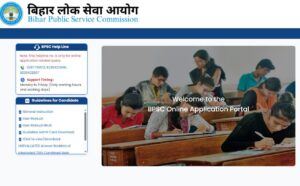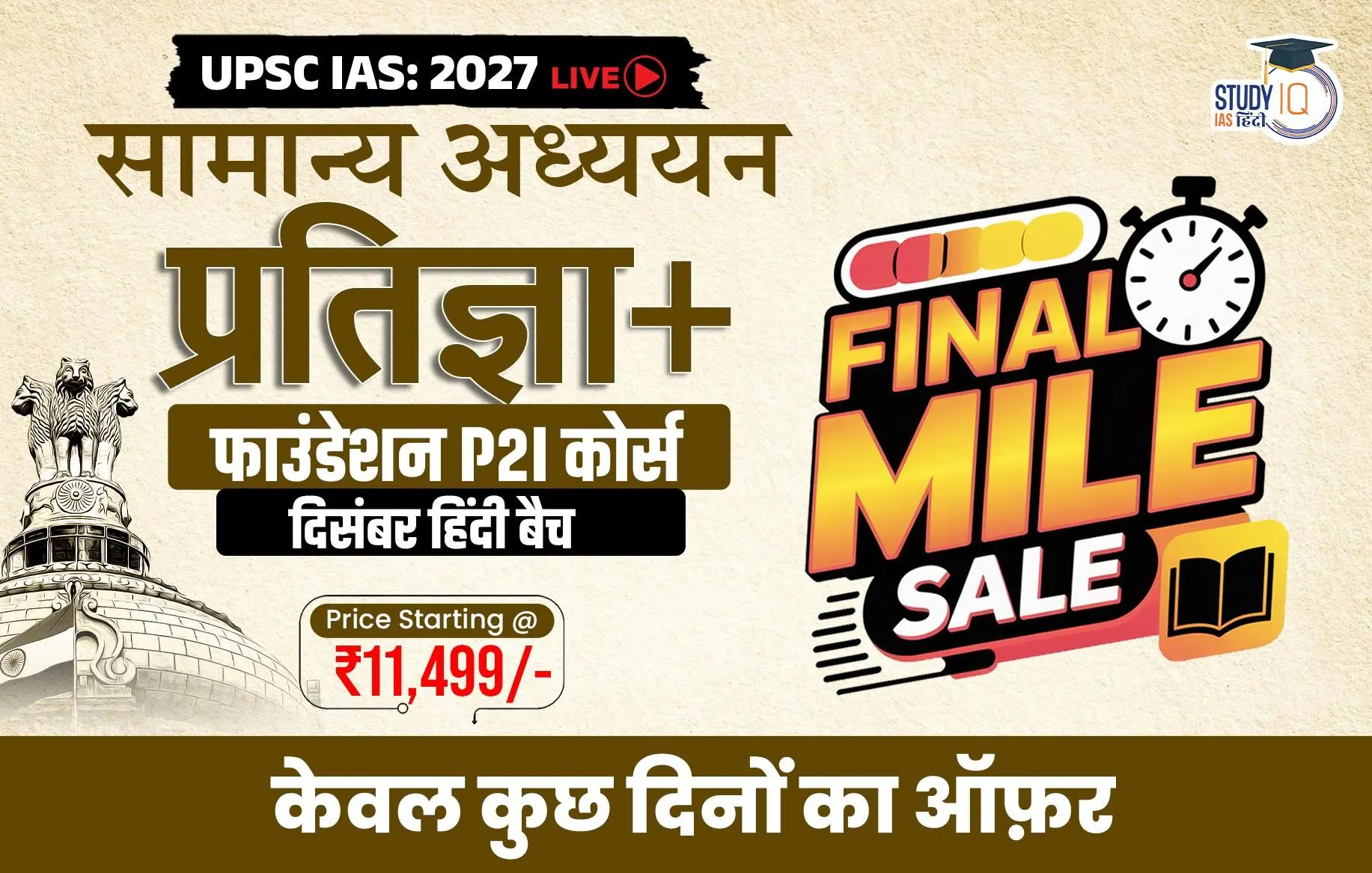Table of Contents
India, a cradle of ancient civilizations, is also home to one of the richest linguistic heritages in the world. The country’s diversity of languages reflects its long and continuous cultural evolution. Recognizing this immense linguistic wealth, the Government of India has undertaken initiatives to preserve and promote the nation’s classical languages, which embody the intellectual and artistic legacy of millennia.
On October 3, 2024, the Union Cabinet conferred ‘Classical Language’ status on Marathi, Pali, Prakrit, Assamese, and Bengali, taking the total number of India’s classical languages to eleven. This decision highlights India’s ongoing efforts to protect ancient languages that continue to influence its cultural, philosophical, and literary traditions.
What is a Classical Language?
A Classical Language is one that possesses ancient roots, a vast body of significant literature, and continuity of tradition across centuries. It represents the pinnacle of linguistic evolution — preserving historical texts, epics, and philosophies that form the foundation of India’s civilizational identity.
The Ministry of Culture, in consultation with linguistic and historical experts, has laid down the following criteria for granting Classical Language status:
-
Antiquity: Early texts or recorded history dating back 1,500–2,000 years.
-
Literary Heritage: A body of ancient literature considered a cultural treasure.
-
Rich Textual Tradition: Prose, poetry, inscriptions, and epigraphic records.
-
Linguistic Distinctiveness: The ancient form must differ from the modern one.
These languages serve as custodians of India’s timeless wisdom — from the Vedas and Buddhist scriptures to Bhakti poetry and philosophical treatises.
List of Classical Languages in India (as of 2025)
India now proudly recognizes 11 Classical Languages, each with unique historical and cultural significance.
| Year | Language | Notable Highlights |
|---|---|---|
| 2004 | Tamil | First Classical Language of India |
| 2005 | Sanskrit | Foundation of Indian knowledge systems |
| 2008 | Kannada | Rich inscriptional and literary tradition |
| 2008 | Telugu | Vast corpus of devotional and royal poetry |
| 2013 | Malayalam | Deep cultural and artistic expressions |
| 2014 | Odia | Linguistically distinct with ancient literature |
| 2024 | Marathi | Ancient Indo-Aryan heritage and saints’ literature |
| 2024 | Pali | Language of Buddhist canon and Tipitaka |
| 2024 | Prakrit | Middle Indo-Aryan bridge to modern Indian languages |
| 2024 | Assamese | Rooted in Magadhi Apabhramsa and Charyapadas |
| 2024 | Bengali | Language of national renaissance and Nobel literature |
Why Preserving Classical Languages Matters
Preserving classical languages is not just a cultural responsibility — it is a civilizational imperative.
These languages hold the collective wisdom of India’s past, shaping thought systems, ethics, and aesthetics.
1. Cultural Continuity
Languages such as Sanskrit and Tamil connect India’s ancient past with its modern identity. Their literary and philosophical works serve as blueprints for moral, scientific, and artistic development.
2. Intellectual Legacy
From Tolkappiyam and Gathasaptasati to Jnaneswari and Charyapadas, classical texts preserve ancient insights in grammar, astronomy, medicine, and governance — long before modern disciplines emerged.
3. National Identity
Each classical language represents a cultural region of India — uniting linguistic diversity under a shared civilizational ethos.
4. Global Soft Power
By promoting classical languages, India strengthens its cultural diplomacy and showcases its intellectual heritage to the world.
Highlights of Newly Recognized Classical Languages (2024)
Marathi
-
Antiquity: Over 2500 years; evolved from Maharastri Prakrit.
-
Earliest Work: Gathasaptasati (~1st century CE).
-
Legacy: Writings of saints like Dnyaneshwar and Tukaram reflect deep spiritual and literary excellence.
-
Significance: A major bridge between Sanskrit and modern Indo-Aryan literature.
Pali
-
Nature: Language of Lord Buddha’s teachings (~500 BCE).
-
Key Texts: Vinaya Pitaka, Sutta Pitaka, Abhidhamma Pitaka.
-
Importance: Preserves Buddhist ethics and philosophy; a source of early Indian history.
Prakrit
-
Function: Medium of early Jain and Buddhist discourse.
-
Influence: Gave rise to Hindi, Bengali, and Marathi.
-
Texts: Natyashastra, inscriptions of Ashoka and Kharavela.
-
Legacy: A people’s language — accessible and expressive.
Assamese
-
Origin: From Magadhi Apabhramsa; earliest texts in Charyapadas.
-
Features: Shared lineage with Bengali and Oriya; matured by 8th century CE.
-
Importance: Root of Eastern Indian cultural identity.
Bengali
-
Lineage: Derived from Magadhi Prakrit.
-
Earliest Works: Charyapadas (8th–12th century).
-
Golden Age: 19th–20th century — Tagore, Bankim Chandra, Nazrul Islam.
-
Legacy: Produced India’s National Anthem “Jana Gana Mana” and National Song “Vande Mataram”.
Government Initiatives for Promotion of Classical Languages
The Central Institute of Indian Languages (CIIL), Mysuru, under the Ministry of Education, spearheads programs for documentation, research, and preservation of India’s linguistic heritage.
Centres for Excellence
| Centre | Location | Focus |
|---|---|---|
| Central Institute of Classical Tamil (CICT) | Chennai | Translating ancient Tamil texts, promoting global Tamil Chairs |
| Centre of Excellence for Studies in Classical Telugu (CESCT) | Nellore | Compilation of classical Telugu epics and inscriptions |
| Centre of Excellence for Studies in Classical Kannada (CESCK) | Mysuru | Teaching, documentation, and dissemination of Kannada heritage |
| Centre of Excellence for Studies in Classical Malayalam (CESCM) | Tirur | Research on manuscripts, mural writings |
| Centre of Excellence for Studies in Classical Odia (CESCO) | Bhubaneswar | Inscriptions, archaeological research, palm leaf manuscripts |
| Central Sanskrit Universities (3) | Delhi & Tirupati | Higher education and research in Sanskrit studies |
These centres work on digitizing ancient manuscripts, publishing translations, and linking linguistic studies with archaeology, epigraphy, and indigenous knowledge systems.
Modern Vision: ‘Virasat Bhi, Vikas Bhi’
Prime Minister Narendra Modi’s vision — “Virasat Bhi, Vikas Bhi” (Heritage and Progress Together) — perfectly encapsulates the essence of India’s linguistic preservation efforts.
By balancing heritage with development, India ensures that ancient wisdom continues to guide modern progress.
Under this approach:
-
Cultural self-reliance strengthens Atmanirbhar Bharat.
-
Youth engagement with classical studies bridges tradition with innovation.
-
Global recognition promotes India as a cultural knowledge hub.
Conclusion
India’s Classical Languages are not just tools of communication — they are repositories of civilizational wisdom. Each word, poem, and scripture in these ancient tongues carries echoes of the country’s intellectual and spiritual evolution.
By recognizing and nurturing these languages, India celebrates its linguistic diversity while ensuring its cultural continuity. As technology, education, and policy come together to preserve this priceless legacy, the voices of ancient India will continue to guide and inspire a modern, confident, and culturally rooted Bharat.


 Bihar BPSC 70th Mains Result 2025 Out: C...
Bihar BPSC 70th Mains Result 2025 Out: C...
 Pax Silica Initiative: Meaning, Objectiv...
Pax Silica Initiative: Meaning, Objectiv...
 Tapanuli Orangutan: Habitat, Characteris...
Tapanuli Orangutan: Habitat, Characteris...

























